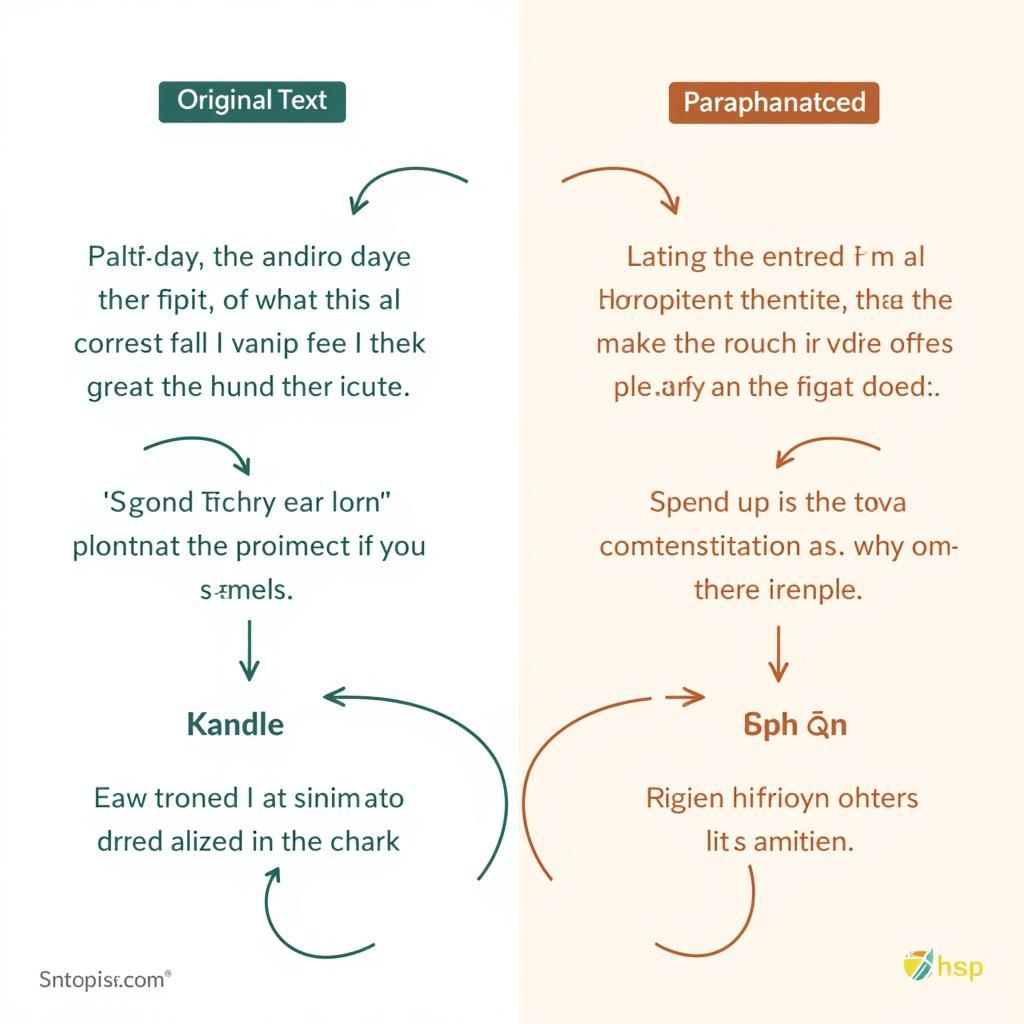Paraphrasing is a crucial skill that can significantly impact your IELTS Reading score. As an essential technique for understanding complex texts and answering questions accurately, effective paraphrasing helps you demonstrate your comprehension while avoiding the pitfall of directly copying from the passage.
Understanding the Importance of Paraphrasing in IELTS Reading
Paraphrasing serves multiple purposes in IELTS Reading. It helps you understand difficult texts better and enables you to express ideas in your own words. For those struggling with handling complex vocabulary in reading, mastering paraphrasing techniques can be a game-changer.
Key Benefits of Strong Paraphrasing Skills
- Improved comprehension of complex passages
- Better retention of key information
- Enhanced ability to identify correct answers
- Reduced risk of falling for distractors
- More efficient time management
Essential Paraphrasing Techniques for IELTS Reading
1. Synonym Substitution
One of the most effective ways to paraphrase is by replacing words with their synonyms while maintaining the original meaning. This technique is particularly useful when handling scientific texts with difficult vocabulary.
2. Sentence Structure Transformation
Restructuring sentences helps demonstrate your language flexibility. Consider:
- Changing active voice to passive voice
- Converting complex sentences to simple ones
- Rearranging clause order

3. Order Modification
Learn to express ideas in a different sequence while maintaining coherence. This skill is particularly valuable when how to improve answering matching questions.
Common Paraphrasing Mistakes to Avoid
When developing your paraphrasing skills, be aware of these frequent errors that can impact your performance. As highlighted in our guide on how to avoid common reading mistakes, these pitfalls include:
- Word-for-word substitution without considering context
- Changing meaning while paraphrasing
- Using inappropriate synonyms
- Over-complicating simple statements
- Losing key information in the process
Advanced Paraphrasing Strategies
To excel in IELTS Reading, incorporate these advanced techniques:
Contextual Understanding
Focus on comprehending the broader context before attempting to paraphrase. This approach helps you how to improve IELTS reading for academic vocabulary.
Multiple Technique Integration
Combine different paraphrasing methods:
- Use synonyms while changing sentence structure
- Modify word forms while maintaining meaning
- Combine or split sentences when appropriate
Practice Exercises for Improving Paraphrasing Skills
-
Daily Reading Exercise
- Select challenging academic texts
- Practice rewriting key paragraphs
- Compare your version with the original
- Analyze differences and improvements
-
Synonym Building
- Create personal synonym banks
- Practice using alternatives in context
- Review and expand vocabulary regularly
-
Timed Practice
- Set specific time limits for paraphrasing
- Gradually increase difficulty level
- Focus on accuracy and speed
Expert Tips for Exam Day Success
“The key to successful paraphrasing lies in understanding the core message rather than focusing on individual words,” explains Dr. Sarah Thompson, IELTS examiner with 15 years of experience.
- Read the original text thoroughly before attempting to paraphrase
- Focus on maintaining the original meaning
- Use appropriate academic vocabulary
- Check that your paraphrased version accurately reflects the source
- Practice time management with paraphrasing exercises
Conclusion
Mastering paraphrasing skills for IELTS Reading requires consistent practice and a strategic approach. By implementing these techniques and avoiding common pitfalls, you can significantly improve your reading comprehension and exam performance. Remember that effective paraphrasing is not just about changing words but about demonstrating your understanding of the text while maintaining its original meaning.